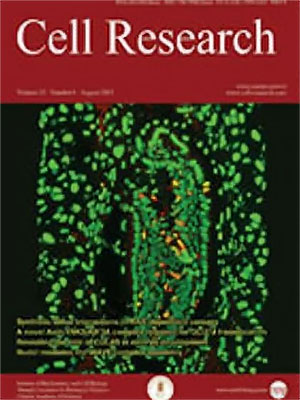Volume 11 Issue 3, September 2001: 231-236
ORIGINAL ARTICLES
Differential mercury volatilization by tobacco organs expressing a modified bacterial merA gene
HE Yu Ke1, 2, Jian Ge SUN1, Xian Zhong FENG1, 2, Mihaly CZAKÓ1, Laszlo MÁRTON1
1Department of Biological Sciences, University of South Carolina, 700 Sumter Street, Columbia, SC29208, USA
2National Laboratory of Plant Molecular Genetics, Shanghai Institute of Plant Physiology and Ecology, Chinese Academy of Sciences, 300 Fenglin Road, Shanghai 200032, China
Communicated by László Márton, Department of Biological Sciences, University of South Carolina, 700 Sumter Street, Columbia, SC29208, USA
Correspondence:
Mercury
pollution is a major environmental problem accompanying industrial activities.
Most of the mercury released ends up and retained in the soil as complexes of
the toxic ionic mercury (Hg
2+), which then can be converted by
microbes into the even more toxic methylmercury which tends to bioaccumulate.
Mercury detoxification of the soil can also occur by microbes converting the
ionic mercury into the least toxic metallic mercury (Hg
0) form, which
then evaporates. The remediation potential of transgenic plants carrying the
MerA gene from
E. coli encoding mercuric ion reductase could be evaluated.A
modified version of the gene, optimized for plant codon preferences (
merApe9,
Rugh et al. 1996), was introduced into tobacco by
Agrobacterium-mediated
leaf disk transformation. Transgenic seeds were resistant to HgCl
2 at
50
mM, and some of them (10-20% ) could
germinate on media containing as much as 350
mM HgCl
2, while the control plants were fully inhibited or died on 50
mM HgCl
2. The rate of elemental mercury evolution from Hg
2+ (added as HgCl
2) was 5-8 times higher for transgenic plants than the
control. Mercury volatilization by isolated organs standardized for fresh weight
was higher (up to 5 times) in the roots than in shoots or the leaves. The data
suggest that it is the root system of the transgenic plants that volatilizes
most of the reduced mercury (Hg
0). It also suggests that much of the
mercury need not enter the vascular system to be transported to the leaves for
volatilization. Transgenic plants with the
merApe9 gene may be used to
mercury detoxification for environmental improvement in mercury-contaminated
regions more efficiently than it had been predicted based on data on
volatilization of whole plants via the upper parts only (Rugh et al. 1996).
FULL TEXT | PDF
Browse 2588


